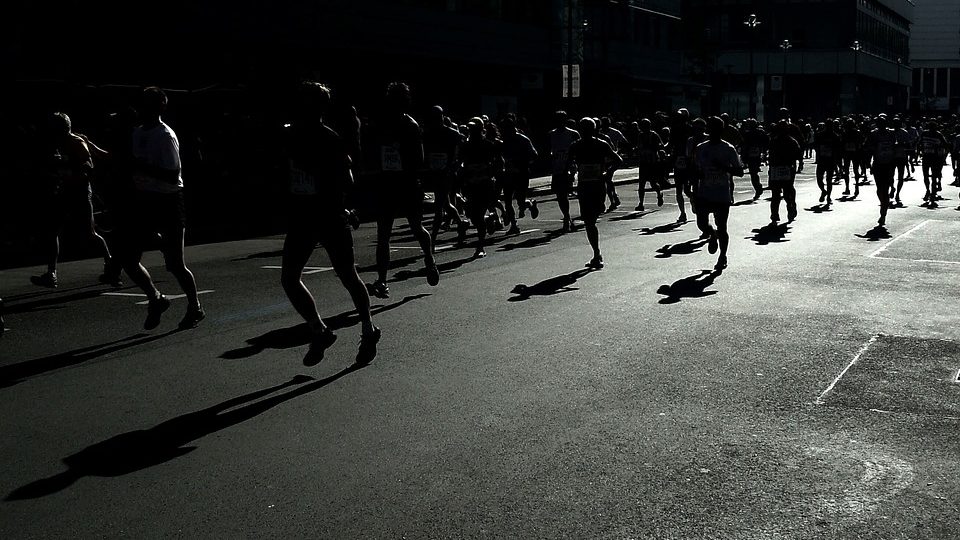Everyone can run and unless you are racing through the park, kicking your legs around like a dying fly and waving your arms in the air, no one will pay any attention to you, but if you want to run in a way that is going to be of optimum benefit with a minimum of stress on your muscles, there are a few rules you need to observe.
Firstly, you need to be placing your feet correctly.
Landing on your heels will limit your momentum moving forwards and cause stress to your knees which will result in unnecessary pain.
Landing on your toes will put all the pressure onto your calves and shins which can cause serious damage to your shin bones and calf muscles. You will suffer from calf cramps and your lower leg muscles will become tired long before they should.
Toe striking can also cause you to bounce as you run which places unnecessary stress on your body and will lead to prematurely tiring along with muscular aches and tension.
The ideal landing position is the ball of your foot. You then roll forward through your toes. Keep your steps at a reasonable length and land with your foot below your body.
Keep your feet pointed straight forward. Angling your foot to one side or the other will lead to injury.
Arms should be relaxed and able to swing with your hands at hip or waist level. Allow your shoulders and neck to relax and be free of tension.
Running while your body muscles are tensed up will lead to you feeling fatigue before your body is actually tired and will cause stiffness of your back, neck and shoulder muscles which, in addition to muscular pain, will lead to headaches and a general feeling of discomfort. It will also cause your performance and stamina to suffer.
Keep your shoulders front facing and loose. If you feel them hunching forwards, push your shoulder blades together and lift your neck so your posture is erect and your chest is open so you can breathe freely. Keep your pelvis straight so your stomach is not clenched tight. Incorrect posture will cause neck and lower back pain and increase your risk of injury.
Keep your breathing steady and relaxed. Breathe in deeply through your mouth to maintain maximum oxygen levels to your muscles and breathe out through your nose. Breathe deeply from your diaphragm, using your chest to breathe results in shallow breaths with minimum oxygen intake.
Running seven days a week is not advisable as your muscles and body do require rest. This does not mean that you have to take a day off if you do not want to. For the first 2 months, take 4 days every week for your running. Use the additional 3 days for doing core strengthening exercises. As you gain in fitness and strength, this can be adjusted to 5 days for running and two days for core strengthening work.



![10 [Top] Things to Never Tell Your Kids!](https://postshealthy.com/wp-content/uploads/2019/12/child-218x150.png)


![10 [Top] Things to Never Tell Your Kids!](https://postshealthy.com/wp-content/uploads/2019/12/child-100x70.png)




